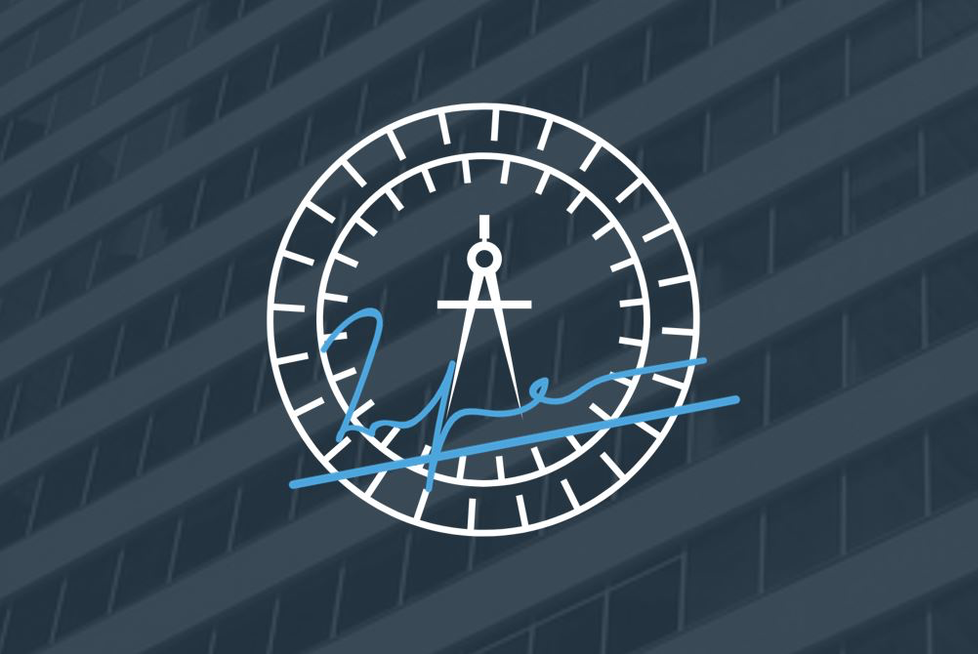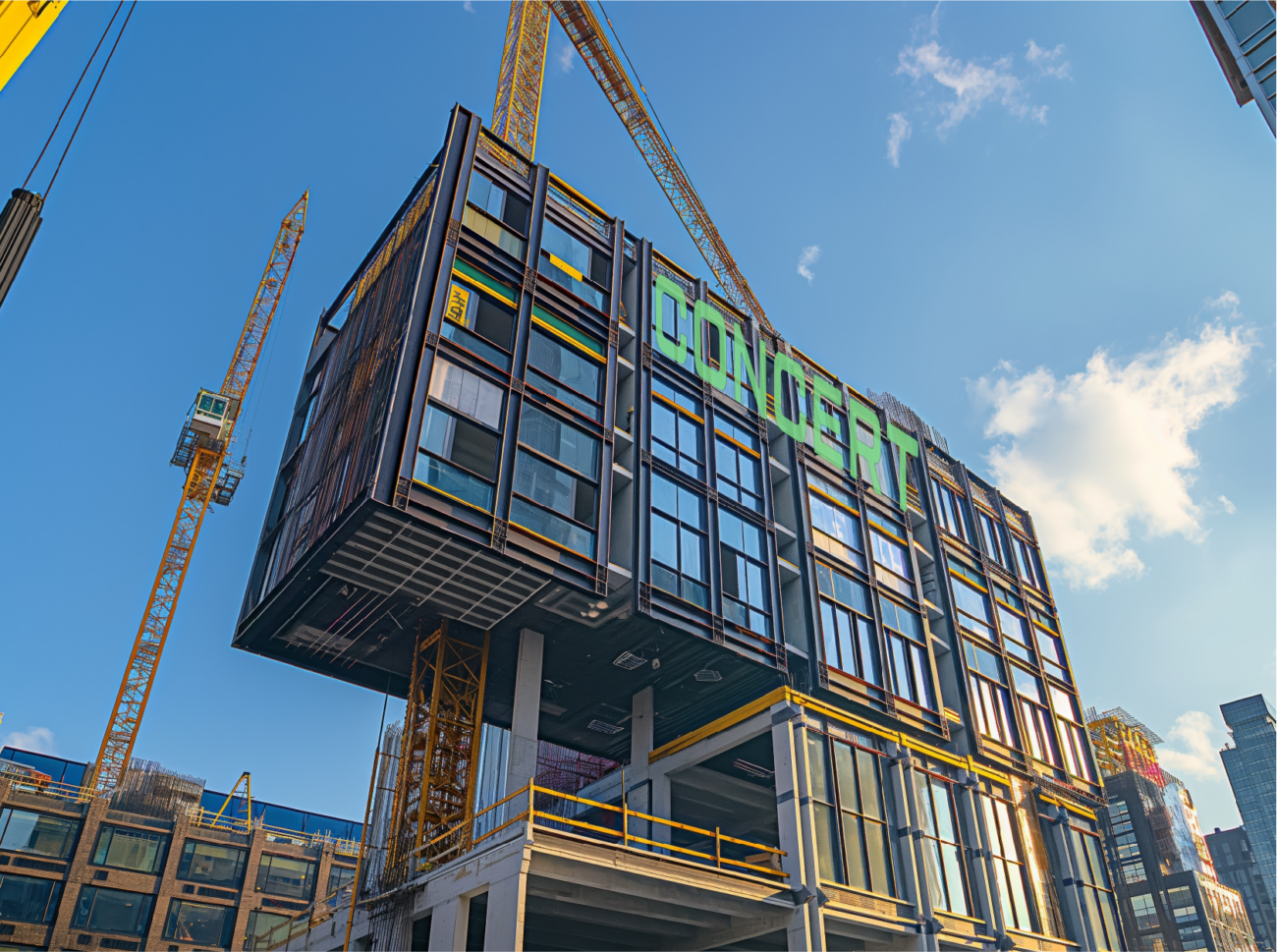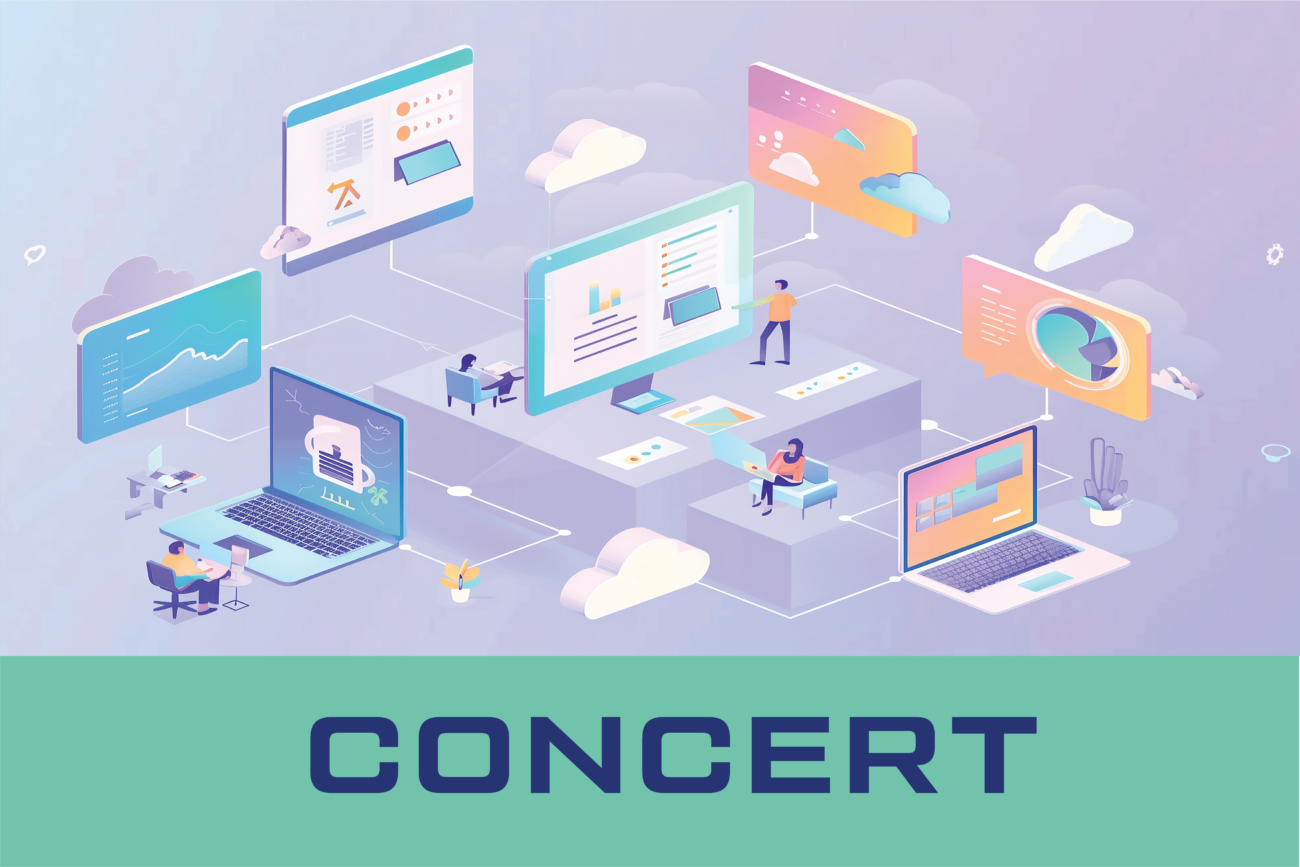Follow Concert on LinkedIn for more on the digital future of architecture.
Architectural practice has very old roots and some components of the practice have been stubborn to change. Notably, the concept of “signing and sealing” a set of architectural plans stems from an era in which scribes used tallow wax and metal die to stamp their authority onto a set of documents under their purview.
This seal was underwritten by a person who would then sign on each page to which the seal was affixed. While computers can now replicate and print the impression, the signature still remains. In larger buildings, this can create an administrative need to sign sometimes hundreds of documents, a process that is both labor-intensive and tedious. Perhaps unironically, this is called the “signing party.”
The purpose of the signature is to authorize that the distributed documents meet the standard of care of the architectural practice for health, welfare and safety. For this reason, municipalities have built into their laws that they accept digital seals, but no digital facsimiles of signatures or electronic signatures.
What is becoming more common is the application of “digital signatures” which is actually a technical term built off of ISO/IEC 20248. A true digital signature requires the signer to have sole, secure control of the signature, and a verified identity that is linked to the document or file in such a way that the signature becomes invalidated if the file changes. Digital signature services like DocuSign and GlobalSign are powerful overall, but insufficient when it comes to serving this function for AEC.
Here’s where the history of architecture is holding back the best fulfilment of its mission. The fundamental assumption embedded in the current state of the industry is that paper, and paper facsimiles, are the best means of conferring an architect’s design intent. But technology is finding better methods, and the document is increasingly being replaced with multi-dimensional data and experiential methods of exploration. Digital signatures don’t work on holograms. Nor do they work on building information models (BIM), generative algorithms, 3D files, or even spreadsheets.
WIth this in mind, what properties does an architectural seal and signature require in this emerging digital world? When there can be literally thousands of digital assets associated with any one project? When these objects need to be reliably certified and then digitally distributed to a disparate and diverse set stakeholders and across multiple overlapping information and material supply chains?
Not only are these unresolved issues related to signature validity are not trivial. They must be overcome for both the digitalization of the AEC industry to move forward and to unlock a myriad array of new opportunities and services for professionals to confer under the auspices of their license. With the ability to sign and seal data files the agency of the architect as the keeper of health, safety, and welfare of the build environment can be engaged from new perspectives. Within our digital era comes the potential for new professional services ranging from commanding funding mechanisms to GIS and social analytics to IoT and building user experiences to building operations and stewardship of digital twins. The possibilities of extending the range and value of professional practice, once considered, become quite exciting.
The combination of overcoming this problem was the initial reason for founding Concert. We wanted to address the urgent need for an industry-specific method of authenticating, signing, and sealing collections of increasingly complex and digital design and construction assets.
The volume of unique new data being created and shared between stakeholders is increasing exponentially through digitalization. And without a new model for secure digital asset certification, much of the value inherent in that data will go unleveraged.
Fortunately, in Concert, this signing functionality exists and can be used immediately. Architects and Engineers can create, view, or sign any digital assets in seconds, not hours. The asset history becomes universally accessible, and it’s easy to verify whether the data is authentic and signed.

It’s an order of magnitude faster, and the data collections created are comprehensive, permanent, and therefore usable throughout the lifecycle of the building.
This will make the signing party into the actual celebration that it was always meant to be. Where the signing takes just a few minutes, and the remainder of the time is spent celebrating.
Follow Concert on LinkedIn for more on the digital future of architecture.





